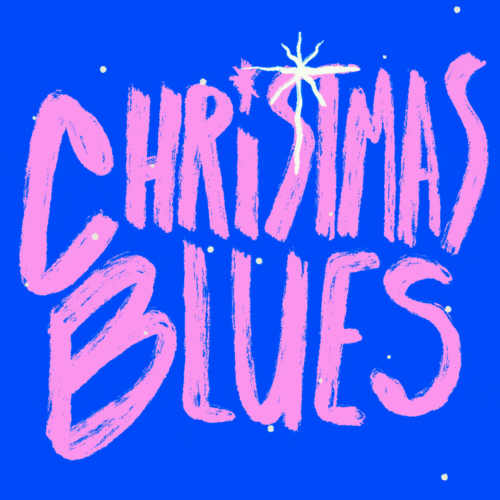


Do you know the term “winter blues”? Do you experience periods of feeling sad or not like your usual self that appear to be seasonal? Do these periods come and go as summer changes into fall or winter into spring? You could be experiencing winter depression.
Our quiz is not an official screening method, but it can assist you in determining whether you require professional assistance. Remember – you shouldn’t feel ashamed about going to a doctor, and your mind might need aid just like your body does. Do you have SAD? Take the quiz now.
Is it winter blues, or another type of depression?
People who experience SAD go through periods of mood changes. Sometimes these mood swings are more severe and can impact how an individual feels, thinks, and goes about their daily life.
The symptoms typically start as the days shorten in the fall and winter and go away in the spring when daylight hours increase. It is known as a winter-pattern SAD. In some cases, people may have depressive episodes during spring and summer.
Typically symptoms of SAD start manifesting at the beginning of fall or winter and become more severe as time progresses.
What signs can point to SAD?
Do you have sleep apnea?
Winter-pattern SAD symptoms may also include oversleeping, excessive consumption, weight gain, and social withdrawal. Summer seasonal affective disorder could manifest in losing weight, trouble sleeping, anxiousness, anxiety, and violent episodes.
Because not everyone experiences SAD the same way, you may not have all these symptoms.
One of the treatment options is light therapy or phototherapy, which involves exposure to light. It appears to help alleviate the symptoms of SAD in most people.
Psychotherapy is another effective option for treating SAD. With the aid of cognitive person therapy, a person can learn how to cope with their condition, manage stress, identify and transform negative thoughts, and practice healthy behaviors.
Antidepressant medications may help some people, particularly if their symptoms are severe. Your doctor may suggest you start taking antidepressant medication before your symptoms appear each year. They might also advise you to continue taking the antidepressant for some time after your symptoms have subsided. Remember that it can take a few weeks before you will feel the effects of your antidepressant.
Even though the results of scientific studies are inconclusive, there are reasons to think vitamin D could help you feel better during SAD. Low vitamin D levels are linked to low mood and depression. The seasonal affective disorder is common when vitamin D supply decreases (like during winter).
SAD is more prevailing in some groups than others. Women, people who live far from the equator, and those who suffer from another type of depression or mental health condition are more at risk of developing SAD. Genetics could play a role too. If your relative suffers from depression or other mental illness, you’re more likely to have SAD.
Do you know what mental illness you might have?
We don’t fully understand the cause of this condition. According to research, people with SAD may have low levels of serotonin which helps with mood regulation. Other studies indicate that people with SAD might suffer from an excess of melatonin, a hormone responsible for controlling the sleep-wake cycle.
Analyze your hormone type.
Serotonin and melatonin work together to maintain the natural body rhythm, making it easier to fall asleep and wake up refreshed. Changes in serotonin and melatonin levels in SAD patients throw off their regular daily patterns. Because they can no longer adapt to the seasonal fluctuations in the day-night cycle, they experience changes in their sleep, mood, and behavior.
Vitamin D can encourage serotonin production, so its deficits might worsen the SAD symptoms. Because there is not enough daylight in the winter and we get less vitamin D from the sun, people with SAD may have insufficient vitamin D levels. It may further impair serotonin activity.
Should you supplement with vitamin D, or other vitamins?
SAD can seem overwhelming, but you don’t have to resign to months of suffering in winter. There are options to treat this condition and help you feel better.
Could you have a seasonal affective disorder? Learn the warning signs and discover your risk factor with our SAD quiz. Fight the winter blues!